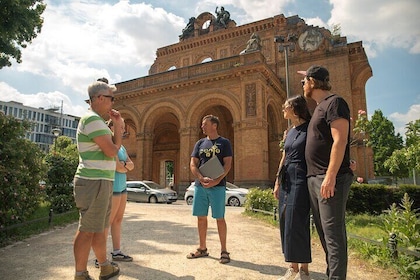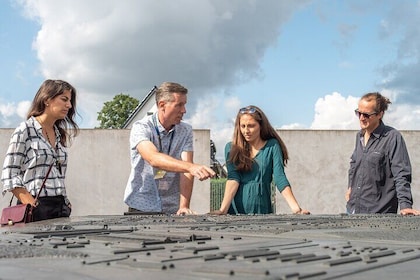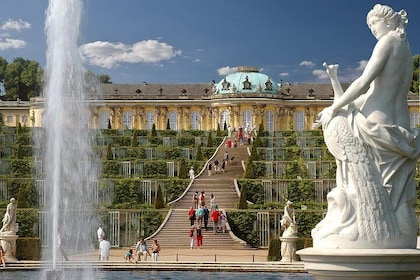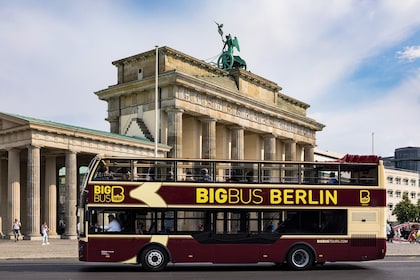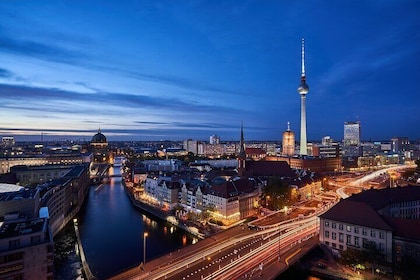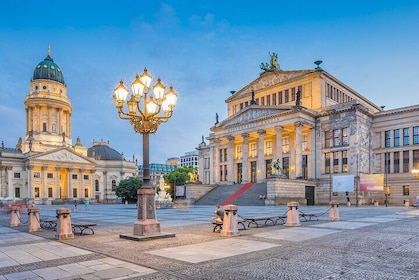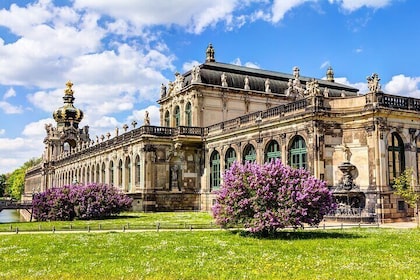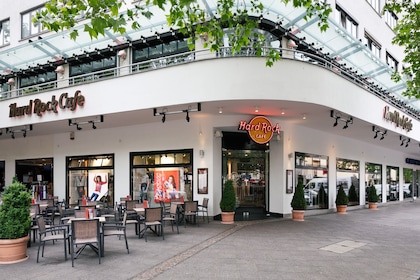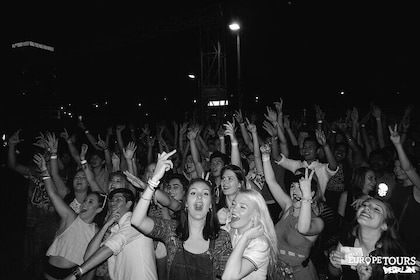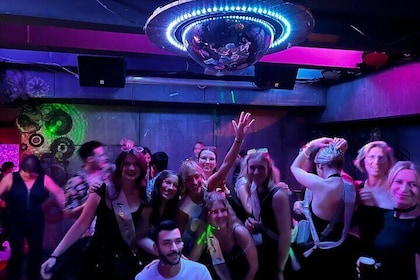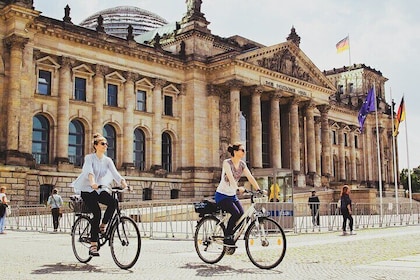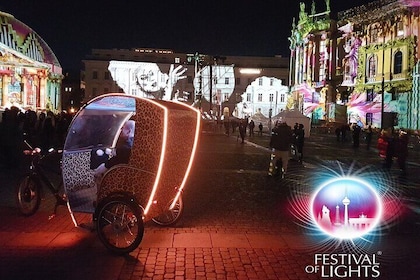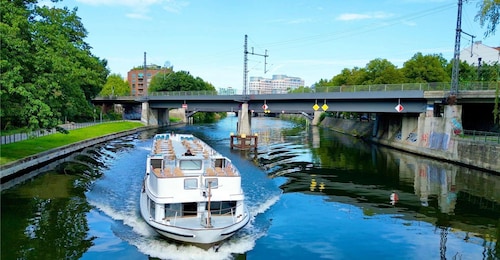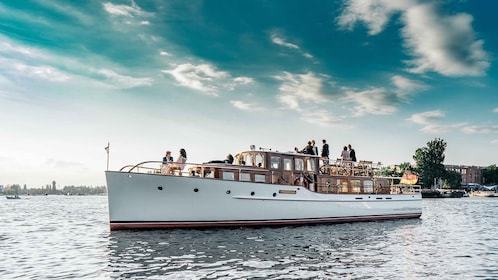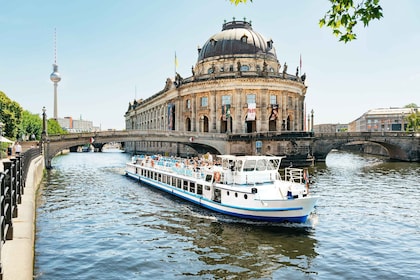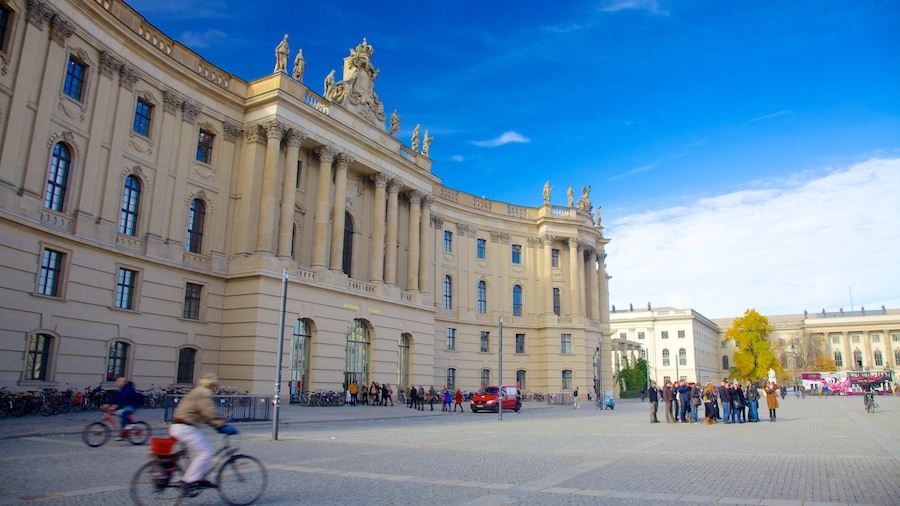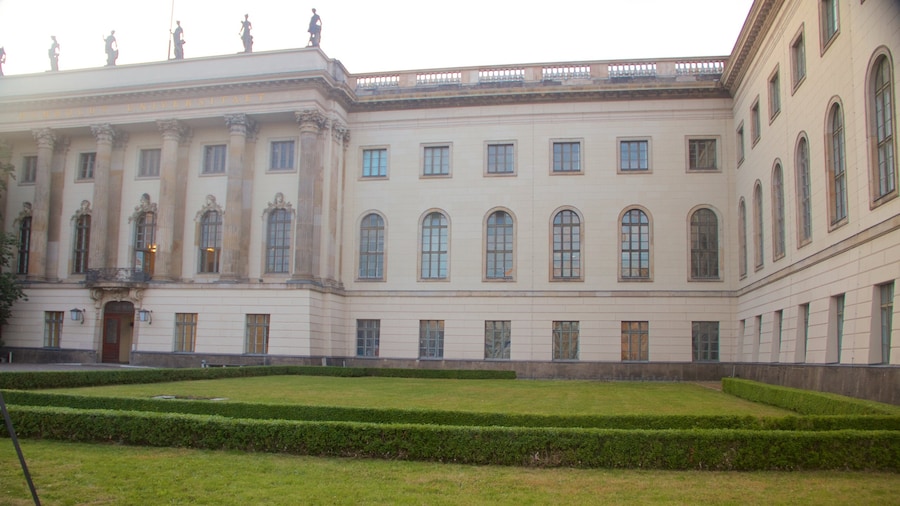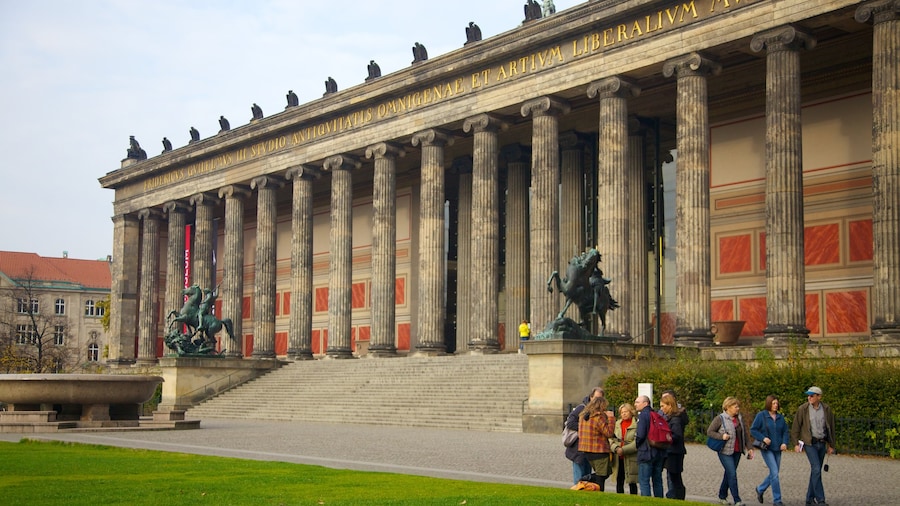Learn about Germany’s compelling history through this vast collection, which takes an honest and unflinching look at this modern European nation.
Devote a day to exploring the German Historical Museum, which presents a comprehensive picture of the history of this nation. Examine artifacts, artworks, documents, photographs and everyday items ranging from prehistoric times to post-reunification.
Start your journey outside the museum building, the enormous and stately Zeughaus on Unter den Linden. Dating back to 1706, this Baroque structure is among the oldest surviving buildings on the boulevard. Look for the modern annex, which is dominated by a quirky, glass-walled spiral staircase. This adjacent structure was designed by famous Chinese-American architect I. M. Pei and houses temporary exhibitions
Head inside to see the permanent exhibits, which are divided into time periods and spread across two floors. The upper floor traces the history of the region up until the end of World War I, while the lower floor covers everything from the Weimar Republic up until the departure of Allied forces from a united Germany in 1994.
Browse more than 7,000 objects, which tell Germany’s story from within as well as putting German history in an international context. The institution presents the darker periods of German history with honesty be prepared for confronting images and unsettling items within the exhibits. For further insight into the collections, book in for a guided tour in advance.
The museum houses a cinema showing fictional and documentary films in German and occasionally English, which are often shown in conjunction with whatever temporary exhibition is happening at the time. Leaf through photographs and documents in the museum’s library, browse the museum shops and sip a coffee at the on-site café.
Adults must pay an admission fee to enter the German Historical Museum, but children are free. The museum is open daily. Like most attractions in the city centre, it’s best reached by public transportation. Ride a bus or travel by U-Bahn to nearby stations.


